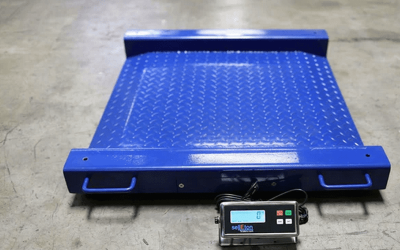Have you ever watched an old fashion watermill in action? This age-old concept relies on running water turning a wheel with tines or fins. The wheel then turns a gristmill. In modern industry, this basic principle still works today. In fact, sanitary centrifugal pump applications are common in the 21st Century. How do these pumps work? Here is a closer look at the subject to help explain.
Centrifugal Force
Centrifugal pumps rely on the centrifugal force which comes from spinning motion. When something spins, it creates an outward force from the center. This force is the basic concept behind the sanitary centrifugal pump.
Pumps
A typical centrifugal pump has an impeller which contains curved fins or vanes encased. The impeller spins on an axis inside a pump case. The case has intake and exhaust ports. The spinning motion sucks liquid through the intake port and forces it from the impeller, out the exhaust port of the pump.
These pumps use electric motors to provide the spinning force needed. The faster the impeller rotates; the more liquid gets pumped through the system. This simple design is very effective and efficient.
Benefits
Centrifugal pumps can deliver a high rate of fluid and can pump large systems efficiently. You do not have to install a relief valve as with positive displacement pumping systems. You can use them in throttling applications where other pumps do not work.
Applications
Sanitary centrifugal pump applications are common in the food and beverage industry. Standard centrifugal pumps see a lot of use in the wastewater treatment and oil and gas industries.
Not Perfect
You cannot use centrifugal type pumps in all applications. For example, they need priming because an empty system does not generate suction needed for pumping. They are not efficient in low flow applications, and they need sufficient suction pressure to work properly.



